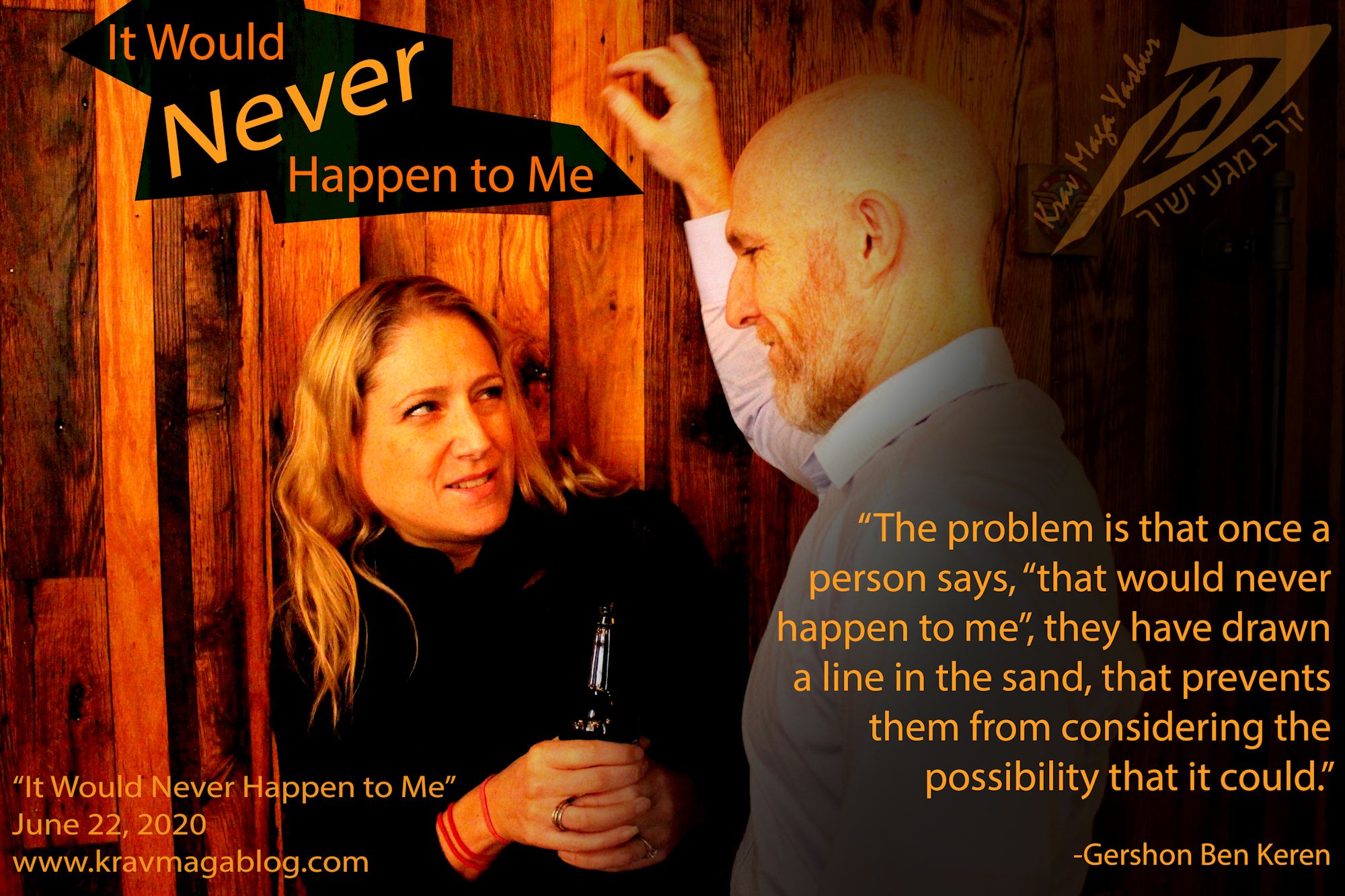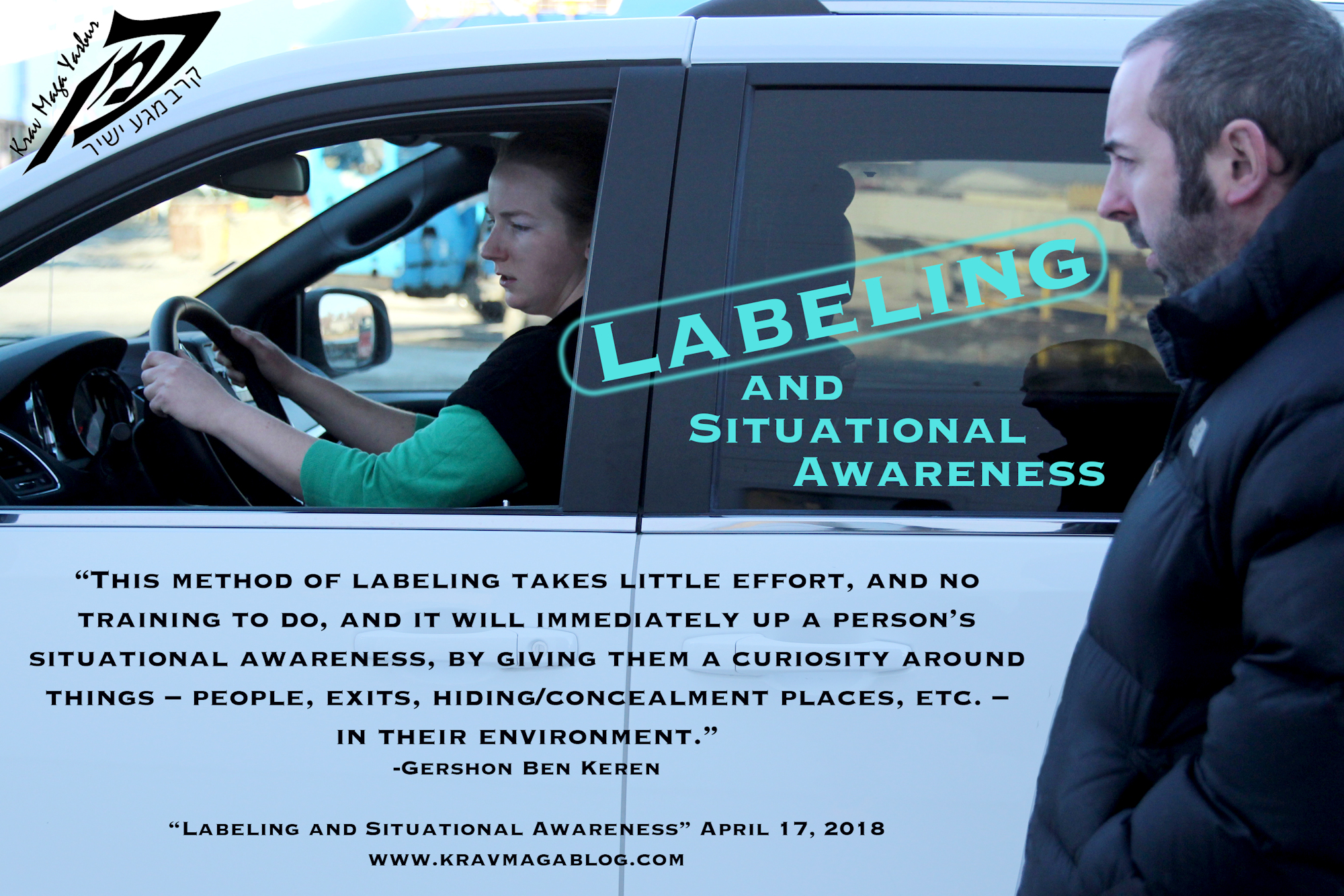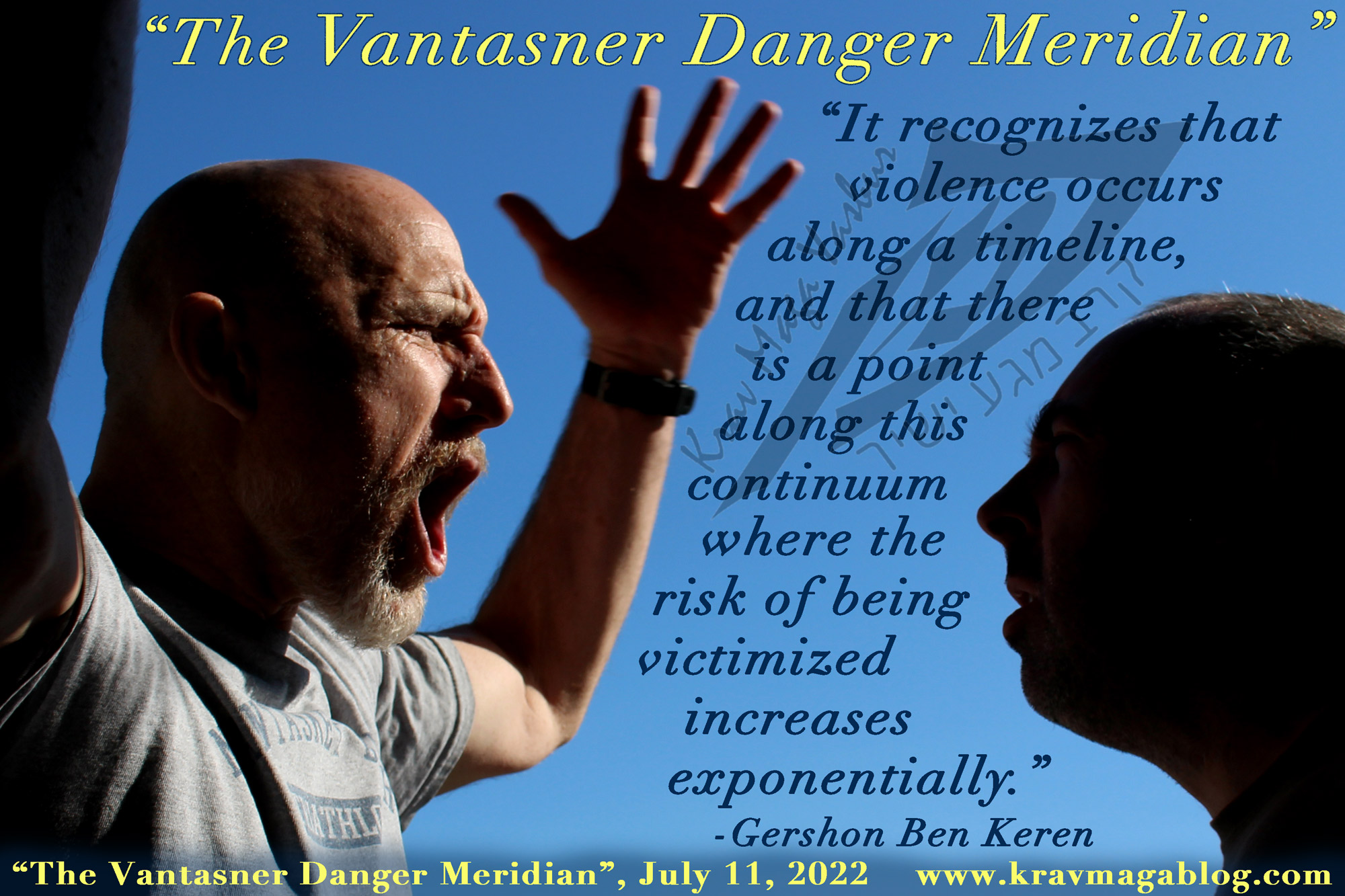Is Krav Maga Relevant, is an article written by Gershon Ben Keren, a 5th Degree Black Belt in Krav Maga, who teaches Krav Maga in Boston, MA. He has also authored three Amazon best-Selling Books on Krav Maga.
In the time that I’ve been training both in Israel and other countries, I have found that there are basically two approaches to teaching/training Krav Maga: a traditional one, and a more progressive one. The “traditional” method of training, takes the system/techniques that Imi laid down, and with minor alterations and developments, presents them as a solution to violence. The progressive approach, which I have seen instructors teach, both within the IDF and in the civilian sector, looks at the types of violent situations that they (and their students) are likely to face, and how Krav Maga techniques and solutions can be used to deal with them – in some cases making major alterations, and in others developing new solutions altogether, based on the principles and tactics that Imi laid down/advocated. It is also worth noting that Imi did not develop Krav Maga in a bubble/vacuum and that there are others who played a part, and had an influence, on what we refer to as Krav Maga – in fact, when Imi first left the IDF, he didn’t refer to what he taught as Krav Maga, and used terms such as Ju-Jitsu and self-defense to describe his system. The reason I mention this, is that within the IDF the Krav Maga which is taught is influenced by many different instructors who modify, cross-pollinate and influence the systems of hand-to-hand that are taught.
One of the issues I have with some of the “traditional” approaches to Krav Maga is not with techniques or principles, but with the presentation of what violence looks like. Much of the original approach to Krav Maga was based on the idea that the person being attacked was always, or in most cases, assaulted from a position of surprise. From a military perspective, this makes a lot of sense - if you have time to see your enemy/assailant you will probably not engage them hand-to-hand, but elect to use a rifle or other firearm, etc. The time when this option may be taken away from you, is when you are surprised, and find your attacker on top of you before you have the chance to use a weapon. Where social violence is concerned, most assaults happen face-to-face, with some form of verbal exchange preceding the physical attack i.e. you have a chance not to be surprised and caught off guard. When this reality isn’t trained or presented as the most likely scenario a student will face, a warped and skewed understanding of what violence looks like is conveyed. It’s like looking at news and media reports on sexual assaults on women, and concluding that in the majority of cases, the attacker ambushes their victims by jumping out from behind something or tackling them from behind. Whilst these types of attack do occur, they are relatively rare and uncommon (which is one of the reasons why the media picks up and reports on them) compared to the face-to-face rapes and sexual assaults that women face in their own homes, or others, by someone they know. Yes, we do need to know how to defend ourselves in a 360-degree fashion, however such assaults do not happen on an equal basis, as for civilians most happen from the front – after a period of dialogue.
This means we have an opportunity not to be surprised. It is worth at this juncture pointing out that surprise is different to denial and unpreparedness. I have seen people standing, laughing, and generally looking confused as an aggressive individual shouts, screams and makes threats towards them. Such individuals are “surprised” by an attack because they are in denial about the reality facing them. As good as a 360 block is as an instinctive response to a circular punch that an attacker may make in such a situation, we shouldn’t be training it as the initial response when dealing with such a scenario – we should be looking at de-escalation, effective positioning to limit/restrict an attack, when and how to pre-emptively strike, etc. Emotionally and psychologically, we should be teaching students how to shake the state of denial and prepare themselves for violence, rather than just teaching them what to do when surprised. In many cases “surprise” is a choice, and we should be training ourselves and our students not be caught in such a state. Yes, there may be times that you are sucker punched, attacked from the rear – which normally happens when you are engaged with a primary attacker face-to-face – caught off guard, etc., but teaching solutions to violence from the “worst case” scenario standpoint is not realistic when looking at the most effective ways to deal with real-life situations. Unfortunately, when Krav Maga is presented primarily from the position of “surprise”, it ceases to be relevant (it can, of course, still be traditional and authentic), and many out there considering it as a reality based self-defense system see it as unrealistic.
Technology changes, and solutions need to be updated and/or put into context. I see many long gun disarms that rely on grabbing the barrel of the weapon. In the days when assault weapons that fired semi and full automatic were not distributed as widely as traditional single fire rifles (e.g. in the 1940’s), grabbing the barrel of a rifle would have been a fairly good solution as a means of initially controlling the weapon. With a weapon on semi or fully automatic fire, the barrel gets extremely hot (even the handguard can become hot enough to be uncomfortable to handle). Whilst I have seen some groups and associations update their solutions to take this into account, I have seen others fail to evolve their solutions. Yes, there may be times when the only possible solution – because of the situation – is to grab the barrel, however the context of such situations need to be explained, and the student/practitioner told what to expect, etc. There are also assaults/attacks that were once common and that have changed e.g. two-handed chokes may have been a common attack in one era, however presenting them as a common attack in today’s day and age is so unrealistic, that it makes Krav Maga look to be an outmoded/outdated system.
Don’t get me wrong, for “traditional” Krav Maga to continue to be relevant doesn’t require a revolution, it just requires a degree of evolution; something Imi acknowledged in the creation of the original “Kauf Mem” logo, where the Hebrew letters of K and M were surrounded by a circle with two breaks in; one to let out dated techniques/solutions, and one to let new ones in. Unfortunately, this has not always, and will not always be the case, as individuals and organizations fail to evolve because they feel that by losing the “traditional” techniques and solutions, they will lose some of their authenticity. Of course, in a real-life confrontation, a student shouldn’t be worried about whether what they learnt is authentic, instead they should be looking to trust in the relevance of the solution.
0 COMMENTS














